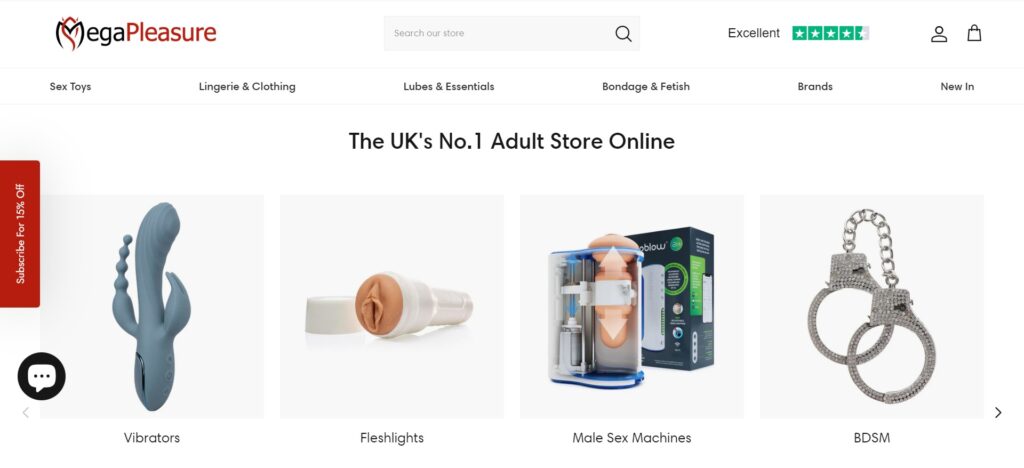
The need for sexual pleasure and fulfillment is a timeless human experience, hence the development of sex toys and erotic accessories. The history of sex toys is a fascinating journey, from the crude devices of ancient times to today’s innovative and high-tech tools.
Ancient Uses
The oldest known sex toy dates back 30,000 years, a siltstone phallus discovered in what is now Germany. It is believed to have been used for both sexual pleasure and spiritual rituals. In ancient Greece, around 500 B.C., the olisbos, a type of dildo made from leather or wood, was common. It is believed women would use these devices when their male partners were away at war.
The Vibrator’s Medical Origins
In the Victorian era, the vibrator came into existence but not as a sex toy. It was initially used as a medical instrument for the treatment of “female hysteria,” a condition then believed to be related to women’s sexual dissatisfaction. These early vibrators were large, steam-powered devices, but by the early 20th century, smaller electrical models had reached the market.
The Swinging ’60s and the Sexual Revolution
The sexual revolution of the 1960s and 1970s allowed for a more open discussion of sexuality. This openness led to the creation and advertising of sex toys within mainstream society for the first time. The Rabbit, a type of vibrator that stimulates both the clitoris and the vagina simultaneously, was launched in the ’80s and remains popular today thanks to its iconic appearance on a 1998 episode of Sex and the City.
Modern Innovations
Nowadays, technology and innovation are revolutionizing self-pleasure and intimate play. From Bluetooth-controlled toys that can be managed from anywhere in the world to products in sync with virtual reality porn, modern sex toys cater to a variety of desires and preferences.
Many are designed not just for function but also for aesthetics, with sleek and elegant models available. There’s a focus on body-safe materials and eco-friendly practices, reflecting the consumer’s increasing consciousness toward safety and sustainability.
Social attitudes toward sex and pleasure have also evolved, facilitating a whole new era of sex-positive initiatives and wellness content aimed at promoting healthy and enjoyable sexual experiences. As a result, education and discussions surrounding the use and benefits of sex toys have also increased significantly.
The Future
The future for sex toys is undoubtedly bright. With innovations around every corner and a growing cultural acceptance of pleasure products, we can expect further transformative tools to hit the market.
The normalization of sex toys is a sign of human sexual development, and it is a positive step toward collective sexual health and well-being. Sex toys have come a long way from the siltstone devices of prehistoric times, and their trajectory suggests that the best is yet to come.
The evolution of sex toys is, in many ways, a reflection of the wider human experience. As we’ve grown more sophisticated and open in our understanding of sexuality and pleasure, so too have the devices we use to explore and celebrate these aspects of our lives.


